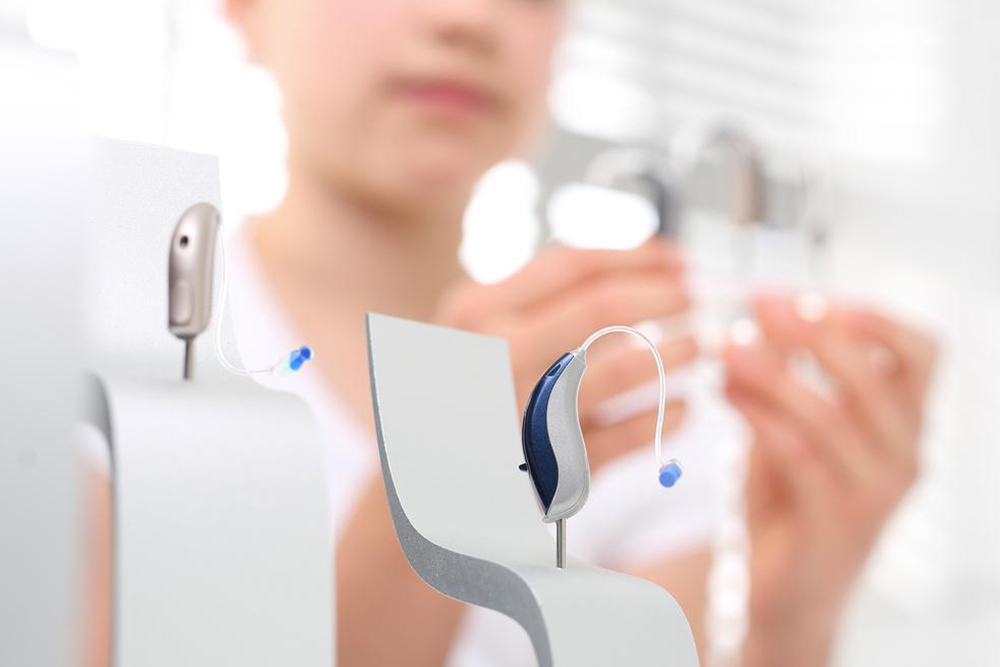Hearing Aids And The Need For Them
Modern day hearing aids are mostly electronic in order to produce a better-quality amplification of the sound energy and is also a much more comfortable alternative compared to its predecessors.
Hearing impairment is caused when the nerves which stimulate the brain to process sounds, loses its cells and is unable to effectively transmit and interpret sound. There are minute hair-like receptors in the ear canal which process sound and interpret their various frequencies.

There are a few factors which affect the overall hearing of a person, even with hearing aids. The efficiency of such aids is affected by what is known as the occlusion effect and the compression effect. Any person who has been using a hearing aid for a while will experience either of the effects. While the occlusion effect is mostly for people who are using hearing aids for the first time, the compression effect is a more common compliant amongst hearing aids users.
Occlusion occurs when the person wearing a hearing aid, tends to hear booming and hollow echo sounds of their own voice. A very common example is when normal people chew, the sound escapes through the ear canal. But in case someone is using a hearing aid, even the chewing sound bounces against the ear canal and is reflected back to the eardrum which creates that hollow echo effect. Since there is nowhere for the sound to escape, a reverb effect is created which can be very annoying and unbearable for that matter.
The compression effect occurs in case a person who is using a hearing aid subjects himself or herself to loud sounds. Since the purpose of a hearing aid is to amplify sounds which are normally not audible, this doesn’t necessarily help when sounds which are loud enough are amplified beyond need.
There are a number of ways to evaluate the hearing aid outcome, which will ultimately assist in you figuring out the best possible hearing aid for your needs.




